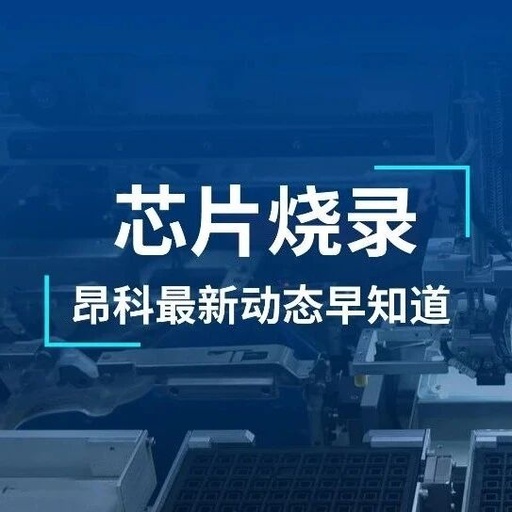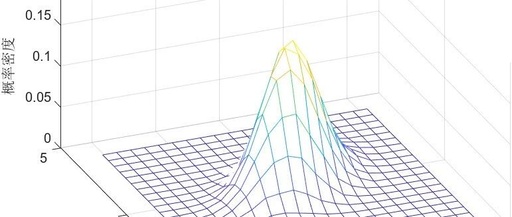Anko Programmer Supports OnBright’s Mixed-Signal Chip OB6628LGQ
The chip programming leader Anko Technology recently announced the latest iteration of its programming software, along with a series of newly compatible chip models. In this update, the mixed-signal chip OB6628LGQ launched by OnBright has been supported by Anko’s programming device AP8000. OB6628LGQ is a dedicated three-phase brushless DC (BLDC)/permanent magnet synchronous motor (PMSM) controller … Read more









